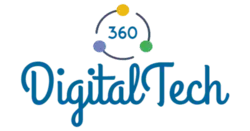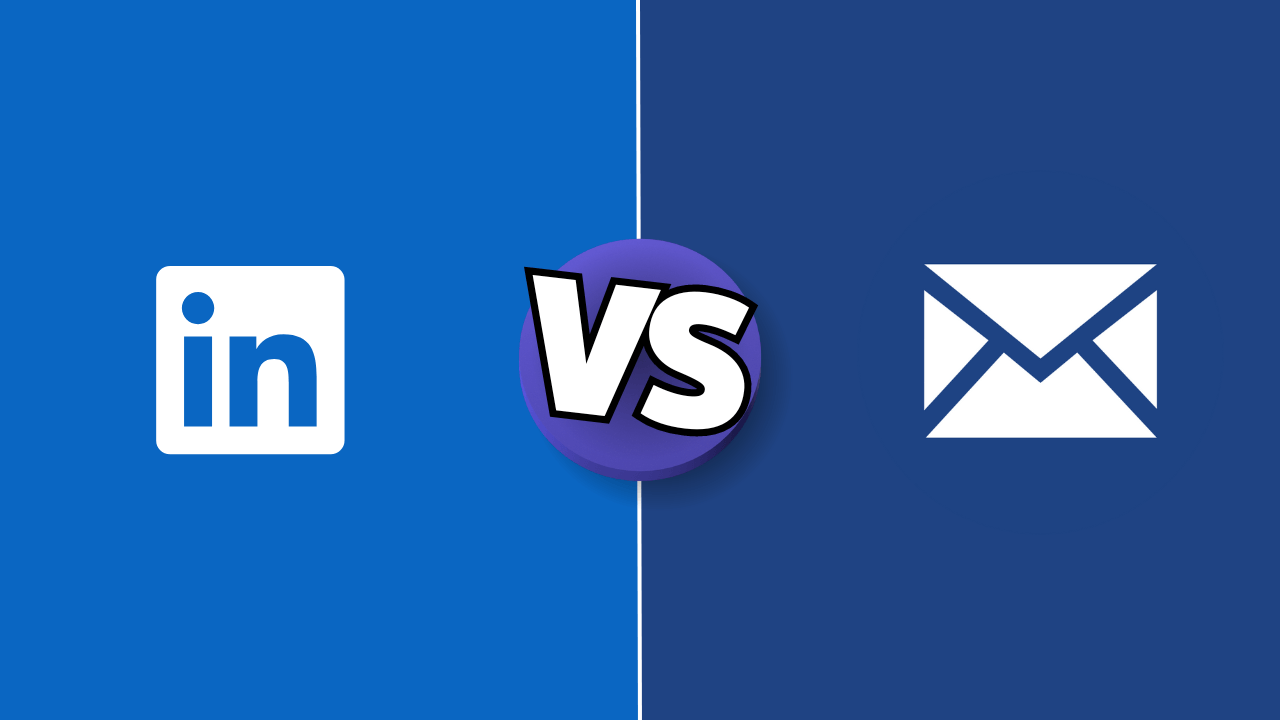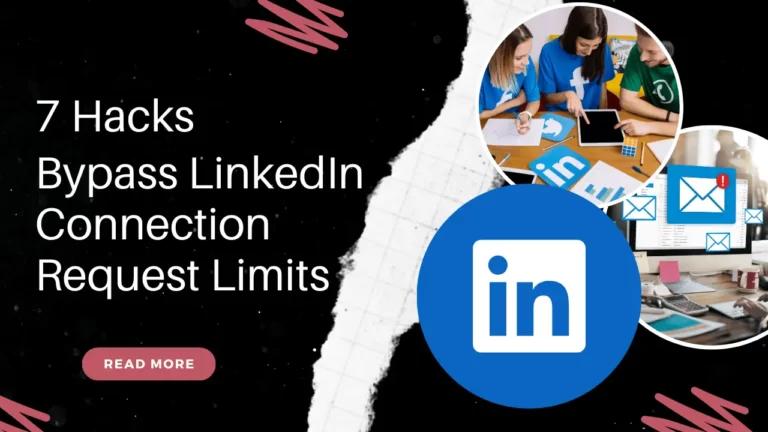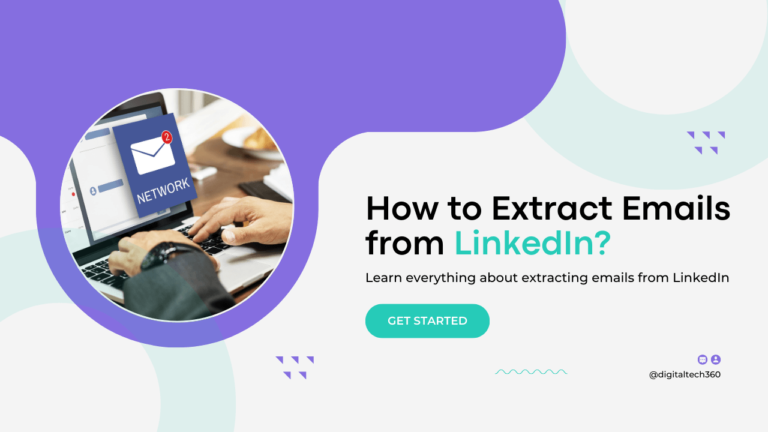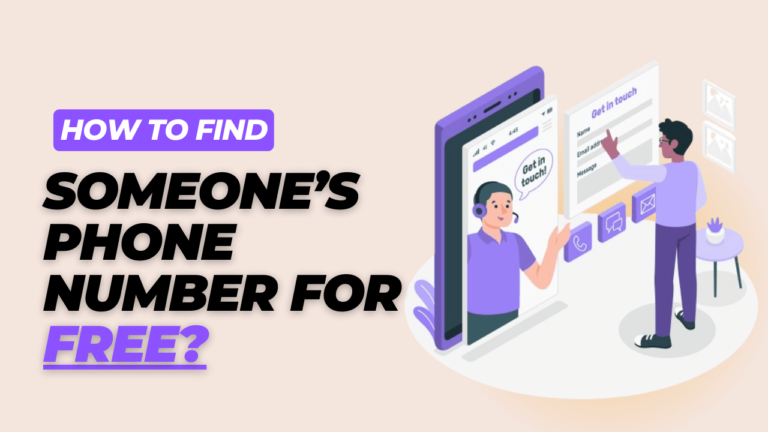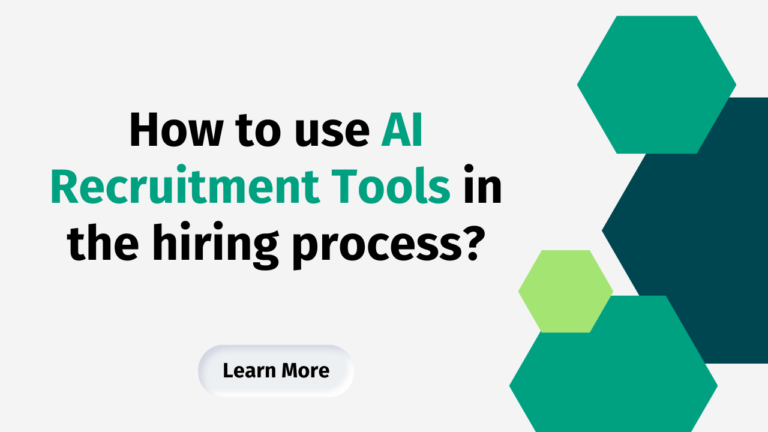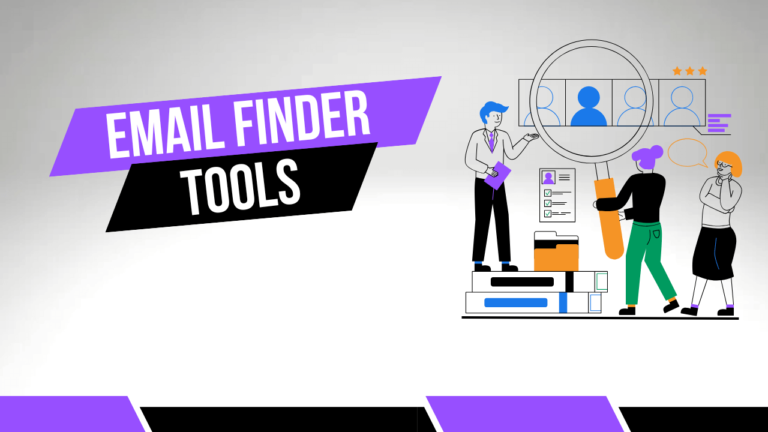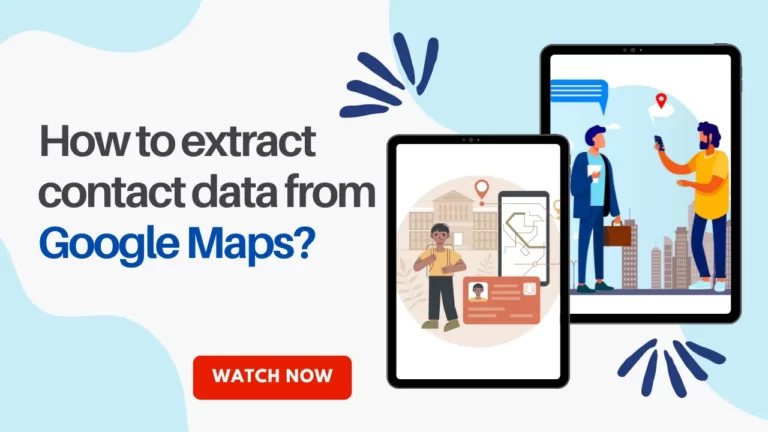Are you confused about choosing an effective prospecting channel for your lead generation? As we know LinkedIn and Email outreach are the most powerful lead-generation channels. Both have large audience reach and proven track records of sales conversion. However, each channel has advantages and disadvantages that you need to consider.
Today, we will learn which channel to choose for prospecting to generate the highest number of leads cost-effectively. Generating leads for business is very important for its growth. Also, you need to consider effective channels that are budget-friendly and value-for-money. So let’s find out LinkedIn vs. email outreach for lead generation.
Comparison Criteria of LinkedIn vs Email
These are the factors we will compare to find out the effectiveness of both channels.
1. Ease of use
2. Reply rate
3. Deliverability
4. Price
5. Scale
6. Automation
7. Engagement
8. Timeline
9. Audience reach
10. Quality of leads
Let’s compare each factor in detail.
1. Ease of use
LinkedIn is more easy to use compared to email. There is no complicated setup required. For beginners, it’s easy to start by creating an account on Linkedin. Then send a connection request to your ideal prospects, once they accept start sending your prospecting messages. Also, you can send InMails to non-connected people.
On the other hand, email outreach requires domain, SMTP, email authentication, email marketing software, email warmup, email content, subject line, preview text, and more. For beginners, it is complicated to set up. If you already have this in place, then it’s effortless to send emails and handle all the activities.
2. Reply rate
LinkedIn messages and InMails typically have higher reply rates compared to emails. Email inboxes are often messed up with a plethora of messages, lacking personalization, containing unengaging content, and experiencing delivery issues. As a result, 90% of prospects frequently ignore emails due to inbox saturation which is why the email has a low reply rate.
However, email can be effective if done correctly. You can implement strategies like hyper-personalization, short and optimized content, and email warmup tools to resolve inbox placement problems. These strategies will help you improve your reply rate.
3. Deliverability
LinkedIn messages are directly delivered to prospects. There is no spam filter to stop your LinkedIn messages. But in email, you often experience deliverability issues. There are many factors involved in email deliverability such as email content, subject line, email authentication, spam filters, blacklisting, sender reputation, bulk emails, IP address, and more.
With email, you cannot guarantee 100% delivery of your messages due to numerous obstacles. Whereas, on LinkedIn, you can send messages to your connections with a 100% delivery rate. Also, you can boost the LinkedIn lead generation process by using automation tools such as Dripify, Closely, Dux-Soup, Waalaxy, and PhantomBuster.
4. Price
As you know, email is a cost-effective solution. With a small investment, you can send plenty of emails. Here are some of the cheapest email marketing software that you can consider for email marketing.
On the other hand, LinkedIn is expensive, especially when you are using premium features and InMails credits. However, using LinkedIn is worth your expense, since it delivers your message to ideal prospects and higher chance of generating more leads.
5. Scale
In email marketing, you can reach a larger audience all at once. However, on LinkedIn, you cannot reach a larger audience due to limitations on sending connection requests and InMails per week. Typically, you can send 100 connection requests per week and 15 to 50 InMails /month, depending on your LinkedIn plan. These limitations restrict your outreach, preventing you from exceeding these limits.
If you use automation tools like Dripify you can bypass the LinkedIn limits and send up to 500 weekly requests.
6. Automation
Both email and LinkedIn offer automation for prospecting. With email, you can send email sequences once prospects subscribe through lead generation forms. Also, you can send personalized emails depending on the segment, industry, country, interest, behavior, customer profile, and history and engage your audience without human interference.
Similarly, on LinkedIn, you can automate all prospecting activities using LinkedIn automation tools. This includes sending invites and messages, creating message sequences, integrating with CRM systems, extracting leads, liking posts, and commenting.
Email and LinkedIn are effective channels when both are used for lead-generation efforts. You should use both for prospecting to strengthen your lead generation.
7. Engagement
On LinkedIn, you can engage prospects in various ways, such as sending invites, messages, and InMails. Also, you can follow prospects, post content, like and comment on posts, join LinkedIn groups, and interact with prospects.
In contrast, engagement opportunities in email are more limited. Engagement is typically measured by opens and clicks. To achieve engagement, you often need to send multiple segmented emails to your prospects. Unlike LinkedIn, email offers no alternative methods for engagement besides sending emails.
8. Timeline
In terms of timeline, with email marketing, you can able to generate leads faster than with LinkedIn. In email, you can reach out to a large number of prospects in a short time. For example, if you have a prospecting list of 10,000 emails, you can send them out at once and generate leads for your business.
On LinkedIn, you cannot send InMails and messages all at once. It takes time to build connections before you can send messages. Sending 100 messages may require at least one week or more. But there is a higher chance of getting a reply to your messages. Let’s learn how to automate LinkedIn and save time on prospecting.
9. Audience reach
LinkedIn is the largest professional network that has 1 billion members. With LinkedIn no need to worry about reach. You can reach out to any niche with the LinkedIn network. You can segment your audience reach by using search filters like revenue, industry employee, location, department, job titles, and more. And target specific audiences based on requirements.
If you have a budget to spend on LinkedIn ads that will be more effective. It will elevate your reach and help you generate more leads for your business.
Whereas email, you can reach out to prospects based on your list. For instance, if you have a prospecting list of 100k emails, you can send emails to that list in a cost-effective manner. However, building an email list requires a lot of effort. Fortunately, there are email-finding tools available that can help you build a prospecting list in seconds. Both channels are effective in reaching a mass audience.
10. Quality leads
Both on LinkedIn and email, you can generate quality leads. LinkedIn may be a bit costlier compared to email, but there is no compromise on lead quality. Additionally, lead quality depends on your target prospects. If you run a targeted lead generation campaign, there is a higher chance of a lead conversion rate.
Conclusion
In this article, you have seen the difference between LinkedIn and email. Both are effective channels of marketing. You must recognize both channels for your lead generation. To make your lead generation effective you should choose both.
Targeting your prospects with email and LinkedIn is more impactful. Communicating your leads with both channels is more efficient and effective. LinkedIn is suitable for targeted prospecting, high personalization, and higher engagement. At the same time, email is known for border reach and cost-effective outreach.
Considering LinkedIn and email benefits, you should include a multichannel outreach strategy in your prospecting plan. That will help generate more leads and increase sales revenue. Closely LinkedIn automation is the perfect platform for multichannel outreach campaigns. You can opt for Closley for free and start generating leads for your business.
